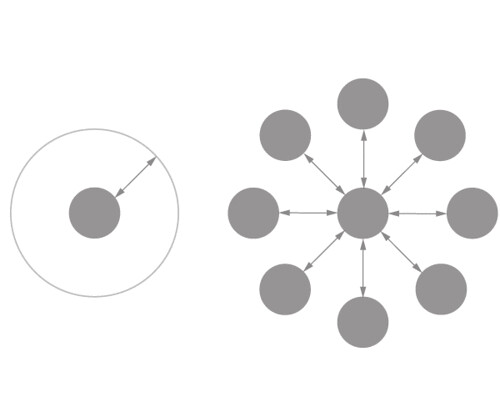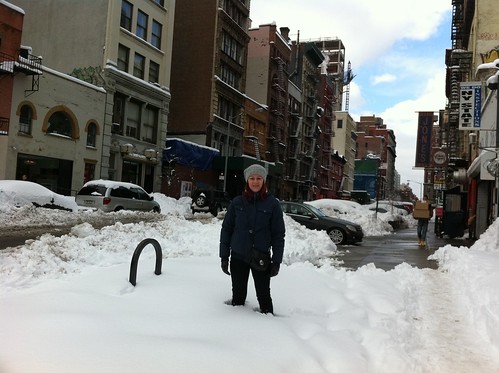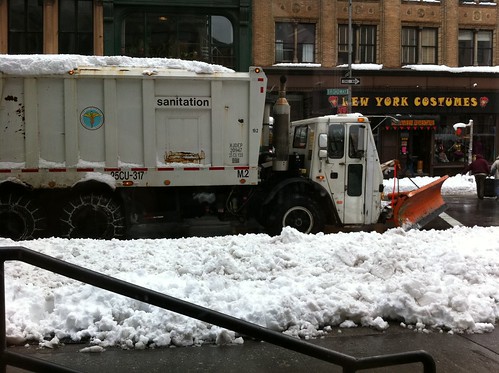
The week after New York has been knackering. For the first few days it was like I had cotton wool in my head, and I woke up in the middle of the night at least twice for no apparent reason. It was also busy work wise. Ecodesign Centre held another of their E:DN events on the tuesday. The event concentrated on Design & Social Entrepreneurship, with recent work in this area both through Hoffi and also thinkARK, what I came away with during the event was scalability. Over the last year this has come back again and again. I think for many years the idea for many in the social area has been that you pilot a scheme and then scale it up to affect as many people as possible.
The funding and the way these schemes have been developed in the past have all been gauged as successful if they are able to become big – or 'scalable'. Yet what was refreshing about this weeks event was people discussing the idea of projects have a certain size that shouldn't then be increased, because if it did then by scaling it, it may then become unsustainable. This fits with a number of elements within marketing and also with recent projects I have been involved in.
If for example there are a number of businesses that all need space and they may all need admin, and other resources, but they would struggle to provide that for themselves then maybe by producing multiple projects/companies these resources could be shared. Secondly in a social entrepreniual sense, it fits into the old traditional marketing plan of multiple exposures to a brand or product. So by producing a number of businesses/projects that all have the ultimate goal of some kind of 'social good' you could setup a number of small niche type businesses that all do their small things towards 'social good'. you are much more likely to like on of these businesses due to it being niche small and personal and the business then is more likely to be successful. Yet it needs the bigger group to help out with admin etc.
So through a hub and spoke type setup multiple businesses can be setup and be successful each paying for things that they all need.

